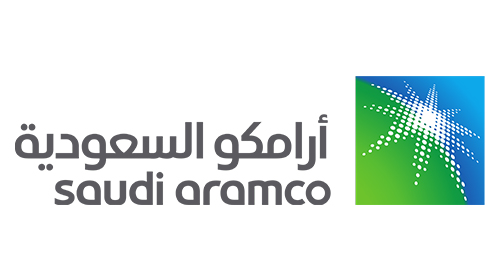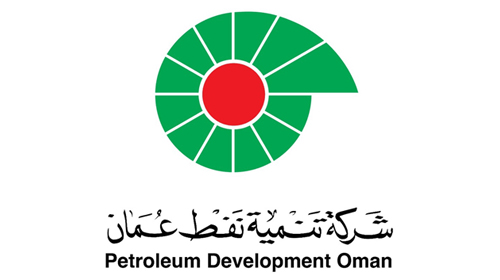Hazard & Operability Study (HAZOP)
- Home
- Process Safety and Risk
- HAZOP
Overview
A Hazard & Operability Study (HAZOP) is a systematic and highly structured study with a critical approach to examine the process and engineering intentions of the process design.
HAZOP analysis is mainly carried out during the basic project phase to have enough time to implement the recommendations during the project. HAZOP can also be carried out for plants during the operational phase, but this is unusual because it is not expected to be implemented or to perform modifications in the plant during this phase. However, it is very important to carry out HAZOP analysis during the operational phase whenever a specific modification process is implemented. In this case it is also necessary to take into account the impact of such modification on other subsystems and to consider them in HAZOP.
Hazard and Operability Study (HAZOP) helps identify and evaluate problems that may represent risks to personnel, equipment or project efficiency. Multi-disciplinary teams focus on specific nodes of the project design during a series of workshops. For each node, the team examines the guide words to methodically ensure that the process is explored in every possible way.
Objective
The key objectives of a HAZOP study are to:
- Identify safety related hazards and operability problems that could directly threaten the safety of the facilities, personnel or cause operational problems;
- Determine the consequences for the identified hazards and operability issues;
- Identify engineering and procedural safeguards already incorporated into the design;
- Evaluate the adequacy of existing engineering and procedural safeguards; and
- Offer recommendations to eliminate or mitigate the identified problems, and to identify areas that need to be investigated further.
Methodology
The method is applied to complex ‘processes’ for which sufficient design information is available, and not likely to change significantly. This range of data should be explicitly identified and taken as the ‘design intent’ basis for the HAZOP study.
The HAZOP workshop shall be facilitated and recorded. Initially, the Facilitator shall present the proposed workshop methodology and examine the process and engineering intentions of the process design.
The HAZOP allows the Design Team, Operations Team and relevant Third Party to brainstorm to identify the potential cause of process upsets and examine the impact of such an upset with respect to safety and fire hazard, environmental risk or operability issues. Not all causes identified may be realistic, but some may have credible consequences that are potentially hazardous that will require further consideration.
HAZOP workshop shall be facilitated following these steps:
- Choose the process segment
- Describe the design and process conditions
- Choose the guide words for each process segment
- Identify hazards regarding the process and operation of facilities. Incident scenarios that can happen due to errors in designs
- Identify causes, consequences of hazards for humans, facilities and environment. Evaluate each hazards when not considering existing barriers
- Identify protecting barriers in designs that protects, controls and mitigate during emergency situations
- Develop recommendations for control, mitigate the hazards
- Repeat step 1 to 3 for each guide word
- Repeat all steps for each process segments in HAZOP workshop
The information gained from the HAZOP discussion shall be recorded on a worksheet for each Node and for each Guide Word and Deviation. For the detail of Guide Word and Worksheet example, please follow us at the article category.
Process Safety Experience

General Client
Location : Middle East, Europe, Asia
Scope : BEC have a strong background in project process safety requirements and have been engaged with various clients from various industries since its inception

Saudi Aramco – Major Client
Location : Saudi Arabia
Scope : Over 750+ Project HAZOP / LOPA Workshops conducted for Saudi Aramco with a team of Approved Facilitators

PDO – Major Client
Location : Oman
Scope : Over 500+ Project Design Reviews and HAZOPs conducted for Projects

SATORP
Location : Jubail, Saudi Arabia
Scope : HAZOP / LOPA Revalidation of a 400,000 BPD Refinery and Integrated Facility. This activity was the first major step of the plantwide Process Safety initiative since commissioning.

Ma’aden Aluminium
Location : Ras Al Khair, Saudi Arabia
Scope : A revalidation and development of a baseline Process Hazard Analysis was carried out for the Smelter Plant and Central Utilities Units for the Aluminum Plant.

Saudi Aramco
Location : Abqaiq NGL / EW Pipelines / Northern Area Pipelines, Saudi Arabia / Khurais Processing Facility
Scope : HAZOP / LOPA Revalidation for various facilities for Saudi Arabia to re-establish based PSM documents and address the changing nature of facilities over time.

